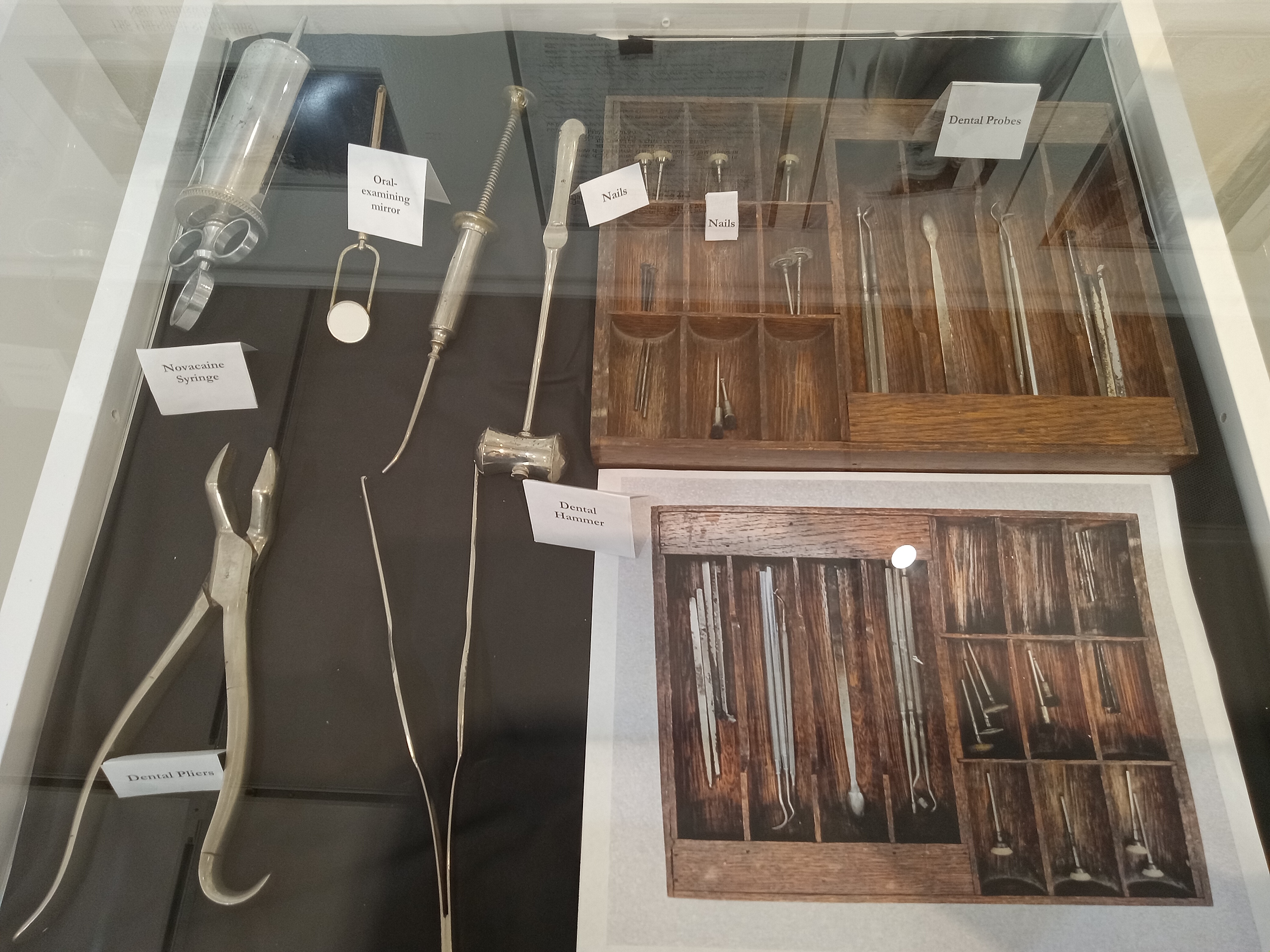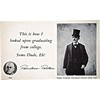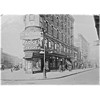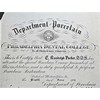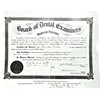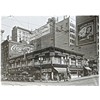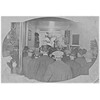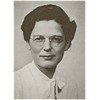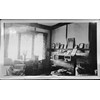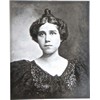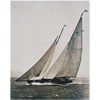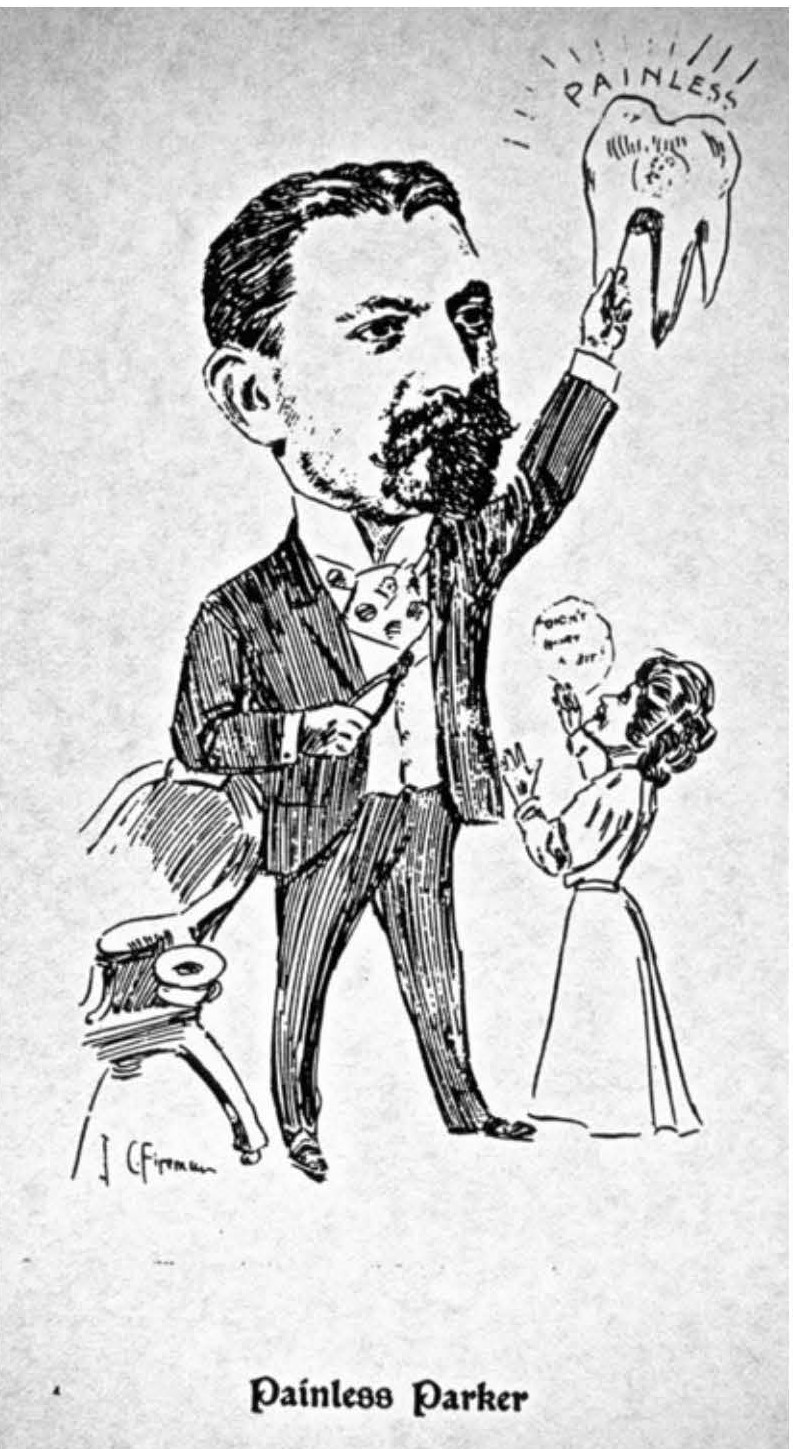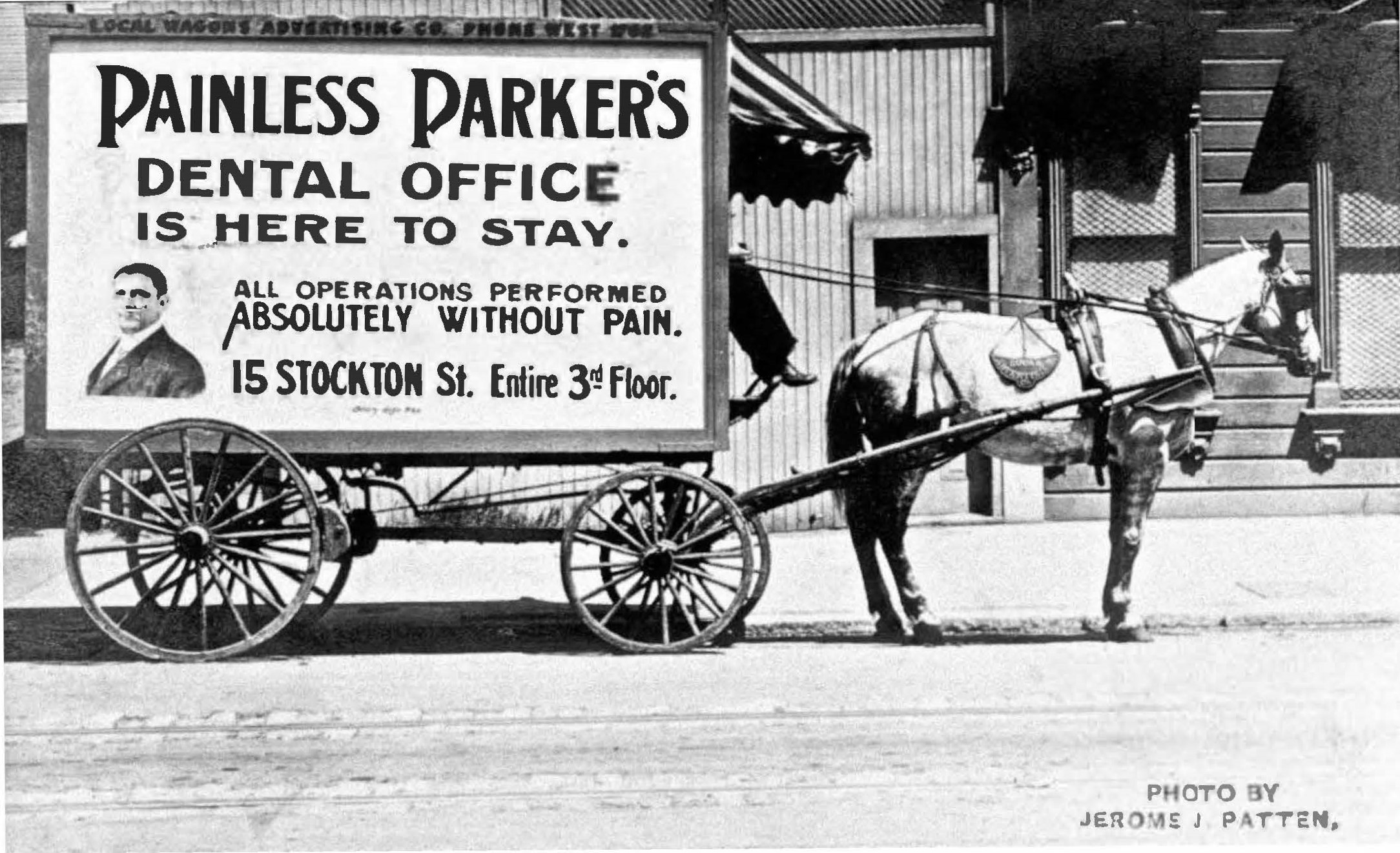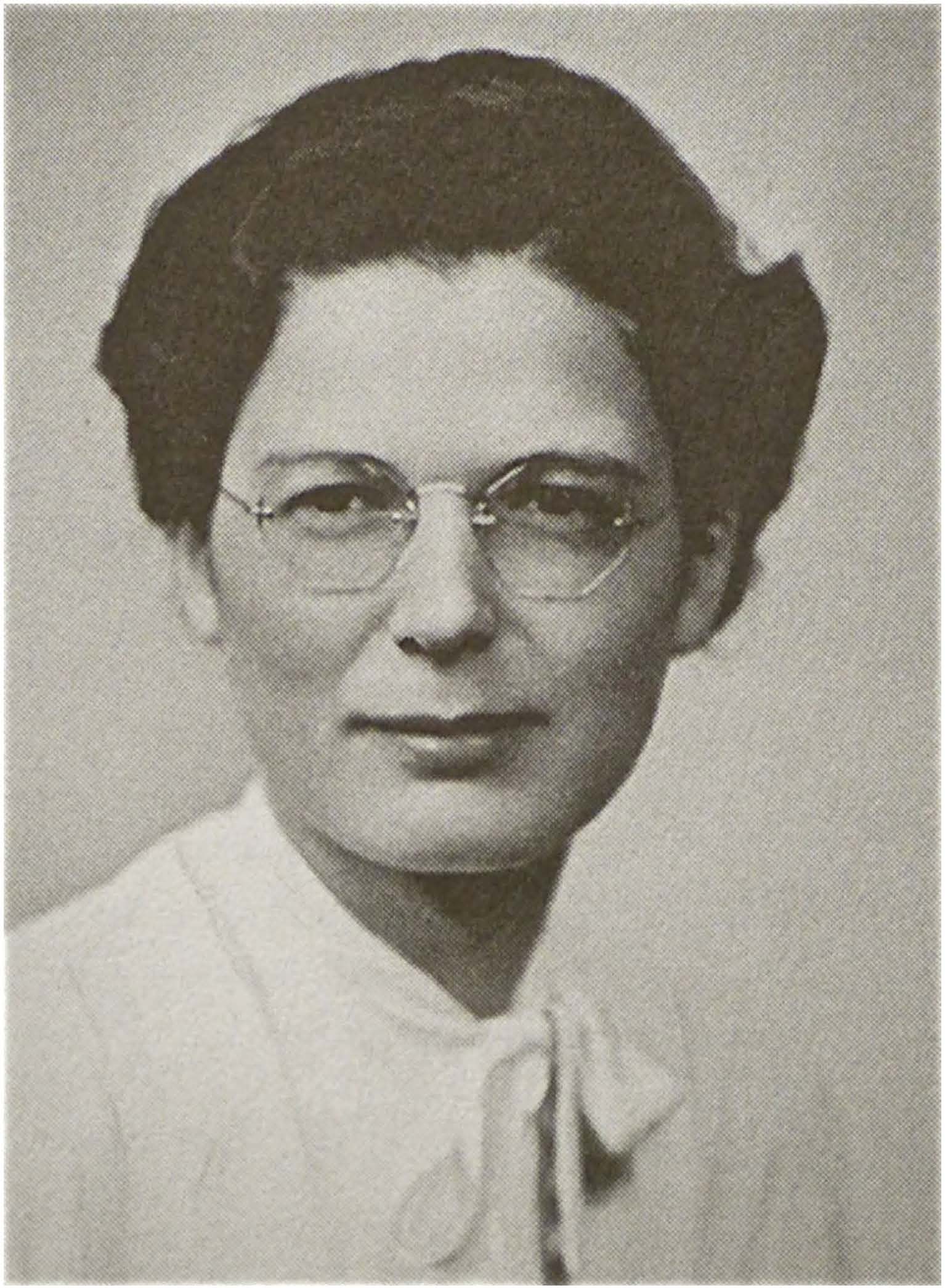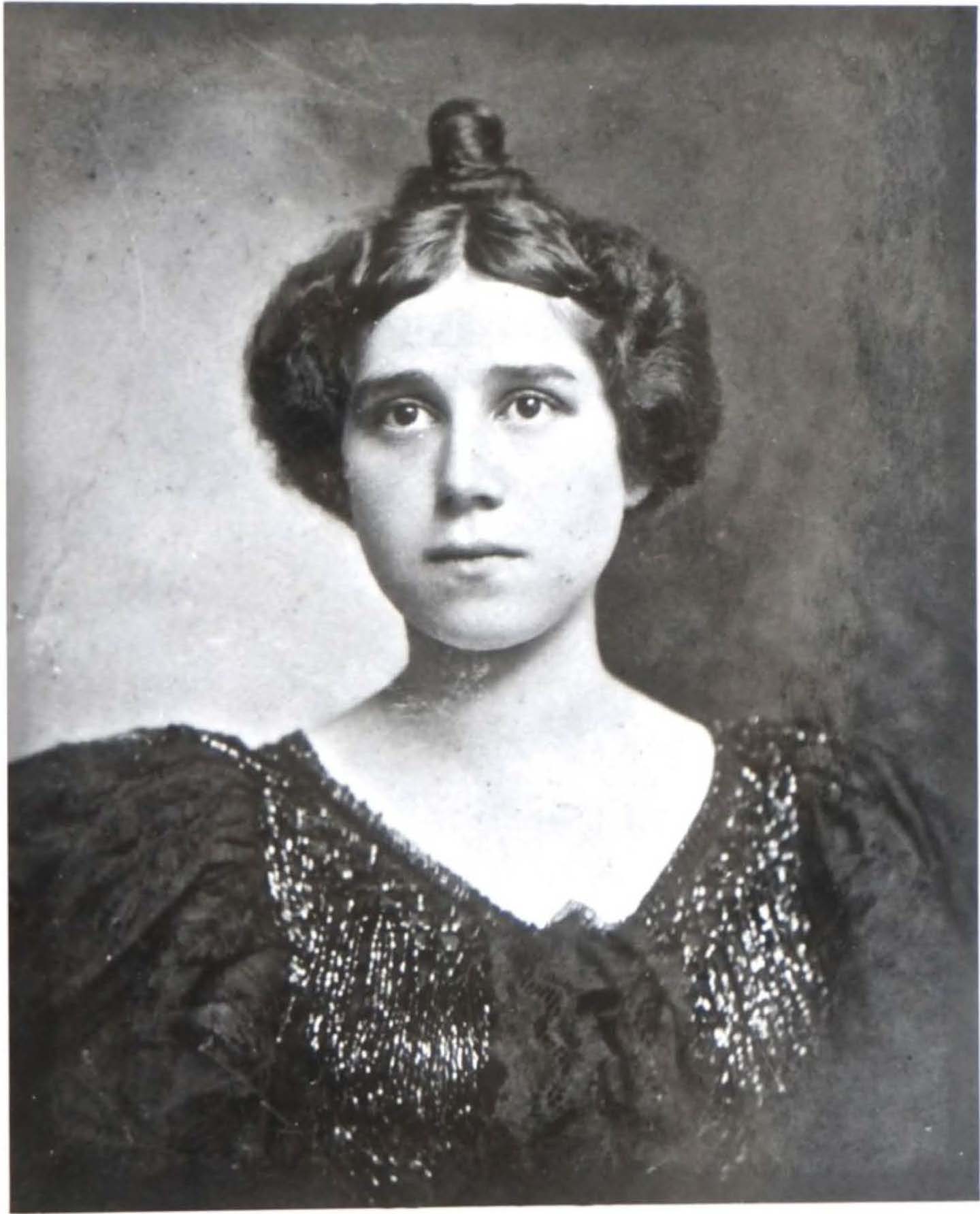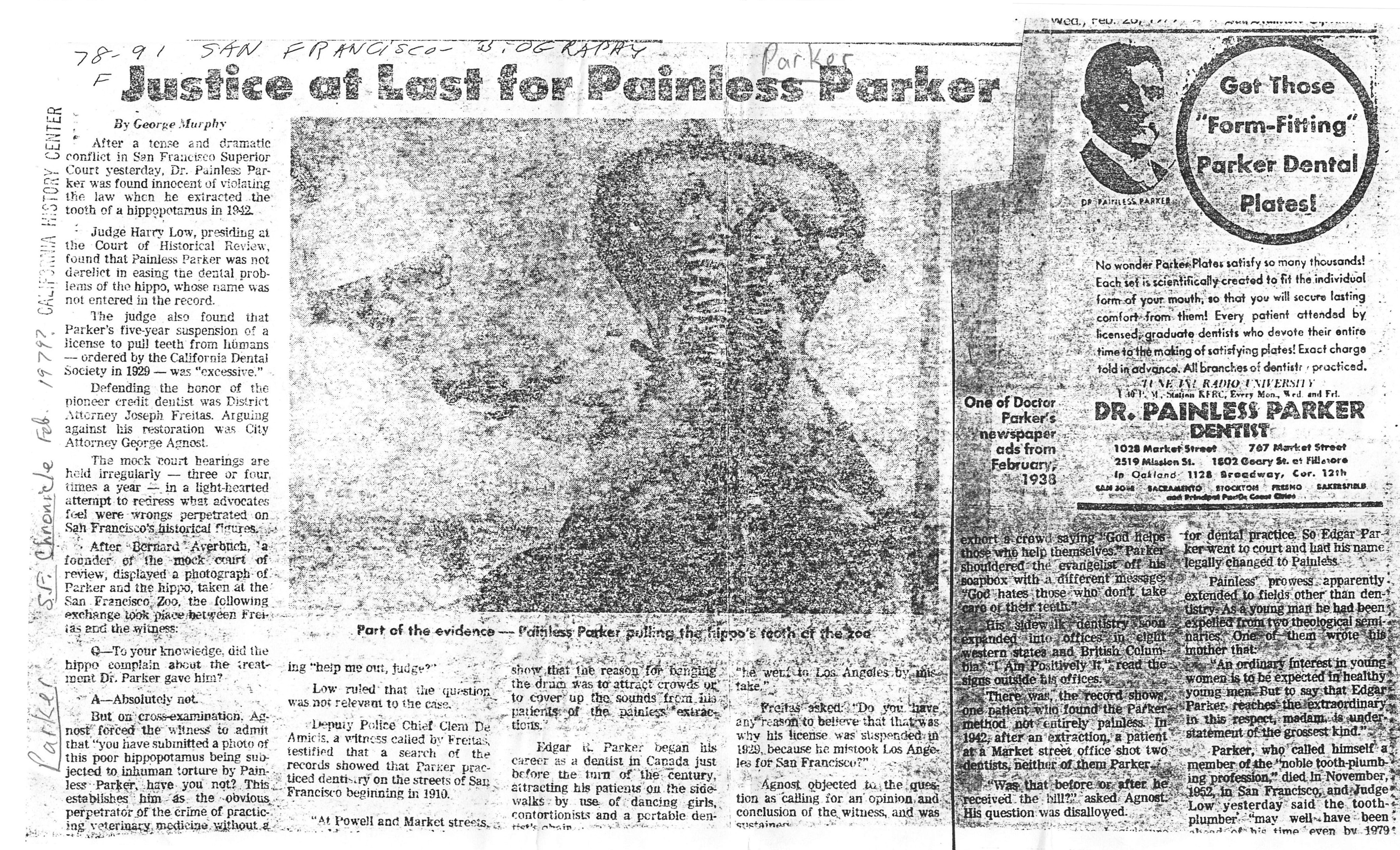Painless Parker
Painless Parker
Exhibit at CHSM
On view: September 15, 2023 - December 2023
Edgar R.R. "Painless" Parker (1871-1951) was a flamboyant street dentist and huckster. He attended Philadelphia Dental College which would become Temple University dental school, and began his practice as a street dentist in New York City. He went on to manage a combination traveling circus/dental clinic, promoting "painless dentistry". At one point he claimed to have pulled 357 teeth in one day, which he strung on a necklace. He legally changed his first name to "Painless", when he was accused of breaking a false advertisement law by claiming that his dentistry was truly painless. In the end, Parker ran about 30 West Coast dental offices, employing over 70 dentists, and grossing $3 million per year.
Image Gallery
Thanks to Henrietta Marcotte, a founder of Cupertino Historical Society and Cupertino Museum, the story of Painless
Parker saw the light of day many years ago in a Cupertino Scene "Roots" article. Parker's story is the stuff of unbridled
hyperbole but as the inimitable humorist Dave Barry used to say" am NOT making this up!"
Painless Parker was a real person and he really lived in Cupertino in the early 1900's. Born in New Brunswick, Canada
in 1874, Edgar R. Parker must have been a handful as a child and young adult. His parents decided his loud voice and
outgoing demeanor would perfectly suit a Baptist preacher. He was dispatched to a seminary where his escapades did not go
well in such a staid atmosphere, and he was asked to leave. Fearing parental displeasure, he went off to sea instead, which
only increased his worldliness. Upon returning home, he was again sent to seminary - where his behavior so affronted the
educators that once again, he was asked to leave. He then went to dental school - where his academic prowess was not
impressive - nonetheless he began to practice dentistry in people's homes, before getting his certificate of proficiency.
Once again, he stood in danger of being expelled, but somehow convinced the dean to let him continue and he finally graduated.
His ensuing career is the stuff of Hollywood at its most fantastical.
He was not making any money in his new career so he went into the Canadian wilds with his small bag of dental
tools and a coronet (a type of trumpet). He went to logging and mining camps, loudly blowing his horn to gather a crowd
and then pull teeth for the inhabitants, including ladies of the evening. While in the Canadian wilderness, he once was
captured by a local indigenous group and despaired of his life. Rescue came in the form of the tribal chief, an elderly fellow
with a horrible toothache. Parker saw his chance. He convinced the chief's tribe that he could cure their
chief. Reluctantly, they assented. Parker began to blow his trumpet - which only made the tribal men more agitated and hostile. He
explained he was summoning the great spirit of dentistry - which was necessary to his curing procedure. As the men became
increasingly agitated, Parker blew with all his might and holding his teeth pulling pliers with his other hand, proceeded
to yank out the chief's offending tooth - at which point the man fainted. Parker assured the tribe that the chief had merely
fallen asleep, and the great spirit of dentistry would wake him when he felt better. Somehow Parker managed to steal away
and lived to pull teeth another day.
It was a happy day for Edgar R. Parker when he met up with Bill Beebe - a former pitchman for Barnum & Bailey circus.
Beebe convinced Parker to change his name to "Painless Parker" and claim that he and only he - could pull teeth with
no pain. Parker's billboards carried his huge picture with the statement. Of course, a mixture of water and cocaine
(hydrocaine) usually rendered the patient insensible during the procedure, though Parker also employed a brass band on his
public teeth pulling excursions - to drown out any yelps from his "patients." He became increasingly wealthy using his highly
unusual self-promotion methods and incurred the wrath of fellow dental practitioners - necessitating Parker hiring a
battery of lawyers to manage the ensuing lawsuits - which only increased his visibility. His huge painted signs on buildings
proclaimed, "I am positively IT in painless dentistry." He moved from the east to Los Angeles where his fame and notoriety
grew greater. Painless Parker is most assuredly the only dentist in America to have his own circus. Riding elephants from town
to town, drawing large crowds wherever he went, he pulled teeth in a horse drawn wagon carrying a dental chair. There is an amazing
publicity photo of him filling the teeth of a hippopotamus.
In the early 1900's, Parker, his wife and children moved from Los Angeles to Cupertino. He bought Henry Farr's large home and property on Prospect
Road, known as Grandview. While wife Frances and the children stayed in Cupertino, Parker commuted by train to San Francisco, painted a huge
sign proclaiming his painless dentistry and flamboyant claims on the sides of the building and set up business. Claiming to have pulled 357 teeth in
one day, he wore the teeth in a necklace. Painless Parker did so well in San Francisco that he established twenty-eight franchise dental offices
in California, Oregon, and Washington. He bought a yacht and sailed the Bay, enjoying respite from the pressures of his dental practice.
Collier's Magazine did a 3-part story on Parker's life. He was the most well known dentist in America for many years but after his death in 1952, his
franchises, for the most part, were shut down and every effort was made to more or less erase his name. He and his wife Frances lie at rest under
small plaques at Madronia Cemetery in Saratoga. Parker Ranch on Prospect Rd. Is the only reminder of the most flamboyant dentist that ever practiced in America.
Photographs and text on Parker's outrageous life, exploits and the "tooth necklace"(replica!) are on display at the Cupertino Museum. Also on exhibit are a life-size
Painless Parker and a Cupertino farmer seated in a vintage dental chair - about to experience "painless" tooth pulling and drilling accompanied by a vintage foot powered electric drill.
Painless Parker Articles and Research from CHSM Archives
The saga of Painless Parker
by Michael DiTolla, DDS, FAGD
Download PDF
For more on this topic, go to www.dentaleconomics.com and search using the following key words:
Novocain, extraction, Painless Parker, hydrocaine, preventive dentistry, Dr. Michael DiTolla.
I am a big fan of biographies of successful people from all walks of life.
So when I happened to find one floating around on eBay from our profession, “The Early Adventures of Painless Parker” by Peter M. Pronych and Arden G. Christen,
I jumped at the chance to read about a dentist who — at one point — was more famous than the president.
Early in my career, I remember working on a female patient who, after a painless extraction said, “Wow, you are a real Painless Parker.”
I thanked her for the compliment, but asked her about the expression since I had never heard it previously.
She went on to tell me about Painless Parker, a dentist from the turn of the century, who was world-renowned for performing painless extractions.
This made no sense to me. My dad had practiced dentistry since the early 1960s, and he told me how unreliable Novocain was then ? let alone 60 years earlier.
Whether his extractions were painless is debatable, but he truly had a passion for bringing dentistry to the working class at an affordable price.
Whether you love or hate his tactics, I don't think you will be bored with the trials and tribulations of Painless Parker.
Incidentally, when the dental board of California told him he could no longer call himself “Painless Parker,” he went to court and legally changed his name from “Edgar” to “Painless.”
Believe it or not, this is one of the least controversial things he did.
In May 1892, Parker graduated from Philadelphia Dental College with a DDS degree. His graduating class included four other students.
After graduation, he decided to practice in his hometown of St. Martins in New Brunswick, Canada.
While he wanted to tell the locals about his skills, he had been taught in dental school that it was unethical to solicit work directly.
Parker had been taught that it was acceptable to solicit work by joining clubs, and to never decline an invitation to be seen at a public place.
Six weeks after opening his office, he still had not seen a single patient. Hope finally arrived in the shape of a local sign painter whom Parker knew hated his dentures.
Parker offered him new dentures in exchange for a sign for the practice.
The painter wanted Parker to make the dentures first so he could try them, and then he would make the sign. Parker agreed since he had no money.
The painter loved the dentures and, with much appreciation, made a huge sign with gold paint for the practice.
Parker was somewhat embarrassed by its size, so he instructed the painter to put the sign up at night so no one would see it.
The next day Parker expected there to be a line of patients around his office, but it never materialized.
In fact, when Parker showed up to work the next day, he found the sign was missing!
Later that day he found the sign: it had been nailed to the train station's outhouse door — most likely by one of the town's other dentists!
Embarrassed to be seen taking the sign down, Parker again waited for the cloak of night to remove the sign and replace it at work.
The sign attracted one patient in his first 90 days of practice, a tourist who needed an extraction.
Parker removed the tooth and charged him $1 (that's $21 today when adjusted for inflation).
Although the patient only had 75 cents, Parker was happy to accept the money. Finally, he had been paid for performing dentistry.
While I certainly wouldn't want to follow in Parker's footsteps, I was drawn to the story of his personal struggles.
Parker started his practice with dignity, but soon found that dignity wouldn't pay the bills.
Unlike most dentists, he found he enjoyed being a dentist and a salesman at the same time.
This drove his decision to take the story of preventive dentistry straight to the people.
Armed with an aqueous solution of cocaine he called “hydrocaine,” Parker shared his message on street corners where he offered painless extractions for 50 cents.
He promised that, if the extraction hurt, he would pay patients $5!
The first night he extracted 12 teeth and didn't have to give anyone the money.
He found this surprising because, after the seventh patient, he ran out of hydrocaine!
Painless Parker is certainly the most fascinating dentist I'm aware of.
His story will entertain and educate you. One of the authors, Dr. Christen, still has copies of the book available, even though it is technically no longer in print.
To obtain copies, contact Dr. Christen via e-mail at achristen@iupui.edu.
Dr. Michael DiTolla is the Director of Clinical Research and Education at Glidewell Laboratories in Newport Beach, Calif.
He lectures nationwide on both restorative and cosmetic dentistry.
Dr. DiTolla has several free clinical programs available online or on DVD at www.glidewell-lab.com.
For more information on this article or his seminars, visit www.drditolla.com.
Painless Parker History
by Elizabeth Giangrego
Download PDF
"God hates those who do not take care of their teeth." - Edgar Randolph "Painless" Parker, DDS (1872-1952)
Painless Parker was a flamboyant dentist who used show girls, circuses and whatever
other distractions he could think of to bring dentistry to the masses. He also fathered the
modem concept of a group dental practice, in which all services are available under one
roof.
Dancing girls aside, Parker was a 19th century proponent of preventive dentistry, a tireless
promoter of dentistry for the working class, and a man who believed in advertising.
Attired in a top hat, crisp white coat and a necklace made of teeth he'd extracted, Parker
once operated a traveling circus/dental clinic and hired brass bands to play as he extracted
teeth. However, in the end he operated 30 West Coast dental offices, employed 75 dentists
and grossed $3 million per year. Labeled "a menace to the dignity of the profession" by
the American Dental Association, most of his colleagues detested Parker, considering him
a quack-whether it was because of the outrageous promotion of his business or because
of his success remains unknown.
Canadian by birth, Parker entered Philadelphia Dental College in 1890.
The school, now the Temple University School of Dentistry, is the proud owner of a
wooden bucket of teeth removed by Painless Parker.
Parker believed that patients avoided dentistry because of pain, ignorance, procrastination
and lack of money-and of these, fear was the strongest deterrent. Working with a local
druggist, Parker developed hydrocaine, an analgesic that contained cocaine. After testing
the drug on himself, Parker took his show on the road-literally. Parker began as a "street
dentist," setting up a dental chair on the back of a wagon. He offered to extract teeth for
50 cents, and he guaranteed patients that if they felt pain, he would reimburse them $5.
He billed himself as "Painless Parker, the famous dentist," promising to fix teeth at a
reasonable price using the "E.R. Parker System," which sometimes meant that he
contracted with a bugler who stood behind the patient and let fly with a mighty blast at the
precise moment that Parker extracted the tooth.
Parker's bombastic methods did not endear him to his colleagues. The Canadian Dental
Association, for example, passed a rule designed specifically to put Parker out of business.
Authorities arrested him for practicing without having paid a $2 registration fee, a
requirement which had become effective two days before Parker's apprehension.
Parker eventually opened shop in Brooklyn, NY. His public demonstrations often began
with fervent dental health sermons and poetry readings. He frequently extracted teeth to
the sound of drumbeats, which drowned out any yelps of patient pain. By 1904, Parker
was worth a half-million tax-free dollars and owned an estate on Long Island. However,
when New York state law forbade dentists the use of an assumed name, he packed his
bags and moved to California.
Parker opened shop on a Los Angeles street in 1906, beginning with his usual vigorous
lecture on the evils of tooth neglect and the horrors of decay. Within four years, Parker
amassed a fortune well in excess of what he earned in New York and earned the ire of his
California colleagues.
Attacked as unethical and incompetent, Parker retaliated with a series of advertisements in
which he alleged that other dentists charged exorbitant fees, catered to the wealthy and
ignored the needs of the indigent. By 1914, with his successful dental circus on the road,
Parker's advertisements painted organized dentistry as a trust that would prefer to see an
edentulous nation rather than lower its fees. Hauled into court innumerable times, Parker
beat every case. However, in 1915, he officially changed his named to "Painless" so that
he could use the name "Painless Parker." He founded the California Dental Supply
Company, in his wife's name, and every dentist who worked for him had to lease space
and equipment from him.
By the time he died in November 1952, Parker, who had diversified into real estate, was
app06_14l_portrait multi-millionaire. During his life, he popularized dentistry, convinced
people that oral health was important and created the modem group practice concept that
became the model eventually adopted by the military during World War II.
He is also the only dentist to have extracted 357 teeth in one afternoon on a vaudeville
stage.
Painless Parker Research
by Sydney Johnston
Download PDF
Edgar R.R. "Painless" Parker was a dentist who wore a top hat and a
tooth necklace. He was a P. T. Barnum-like promoter whose
gimmicks included pulling 357 teeth in one day, which he strung as a
necklace.
Below is a very unusual wooden pail filled with teeth
pulled by this remarkable showman:

Just like the showmen who traveled early America in wagons, rolling
from town to town with their shows, Parker would arrive in town in a
horse-drawn wagon proclaiming that he practiced "painless"
dentistry. He would give his patients whiskey and who knows what
else, while a hired band loudly played popular music of the day.
Apparently, the purpose of the music was to drown out the moans of
pain while attracting large crowds of sufferers who might decide to
go ahead and get that pesky tooth pulled.
You won't be surprised to learn that the dentists of the day were
outraged at his antics. The American Dental Association labeled him
as "a menace to the dignity of the profession" and swore they were
going to put him out of business. Naturally, this just boosted his fame
and attention from the media.
To run him out of the dental business, they accused him of fraud
because no dentistry could truly be painless and took legal action to
force him to drop his claims. This is where most people would give
up - but not Parker. Instead, he had his name legally changed to
"Painless". thus foiling his fellow dentists.
The Internet encyclopedia has this to say about him:
"Edgar R.R. "Painless" Parker (1871-1951) was a flamboyant dentist and huckster"
I looked up the definition of huckster and found this:
1. One who sells wares or provisions in the street; a peddler or hawker.
2. One who uses aggressive, showy, and sometimes devious methods to promote or sell a product.
3. Informal. One who writes advertising copy, especially for radio or television
Obviously, #3 isn't appropriate for this clever man, but the first two
definitely fit. The result of his marketing skill was a chain of 30
offices and 70 dentists working for him.
So is Painless Parker an admirable character? Maybe or maybe not.
But there is no doubt that he was a brilliant marketer and was able to
take any situation and tum it to his advantage. I definitely admire his
cleverness and creative mind. If I wanted a teacher for Internet
branding, I could never do better than him. And neither could you.
And an amusing PS: the bucket of teeth (picture above) is found at
the Temple University dental museum. The establishment dentists
hated Parker - but the museum was forced to acknowledge him
because he graduated from the Philadelphia Dental College, which
became Temple's School of Dentistry.
Posted by Sydney Johnston at February 1, 2006 11:37 AM












































